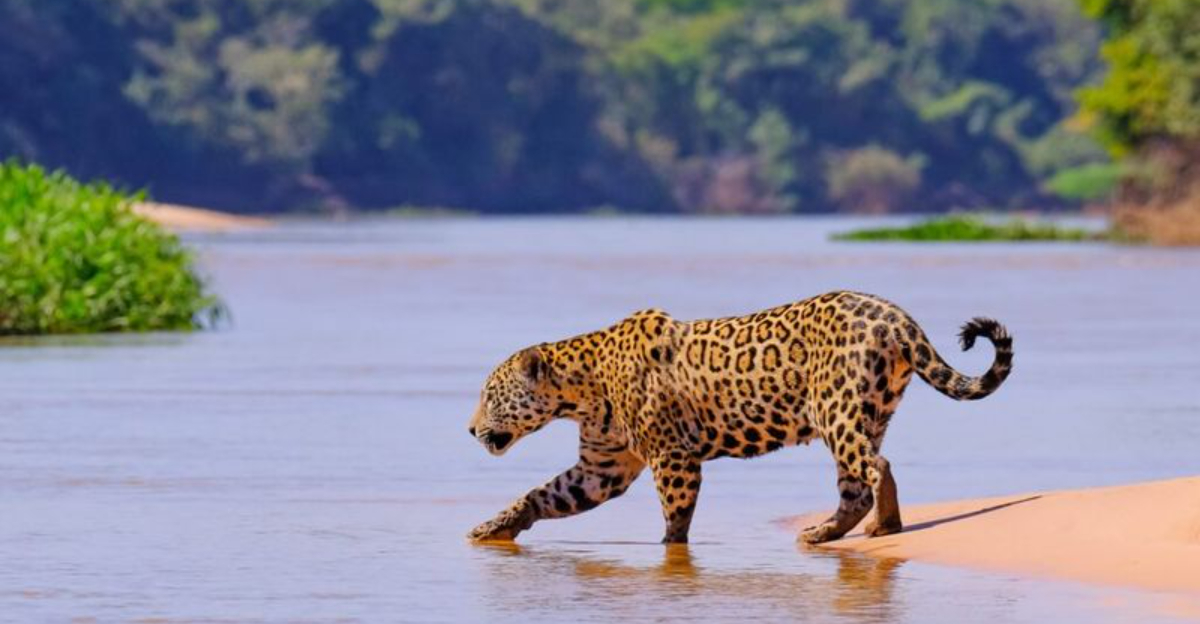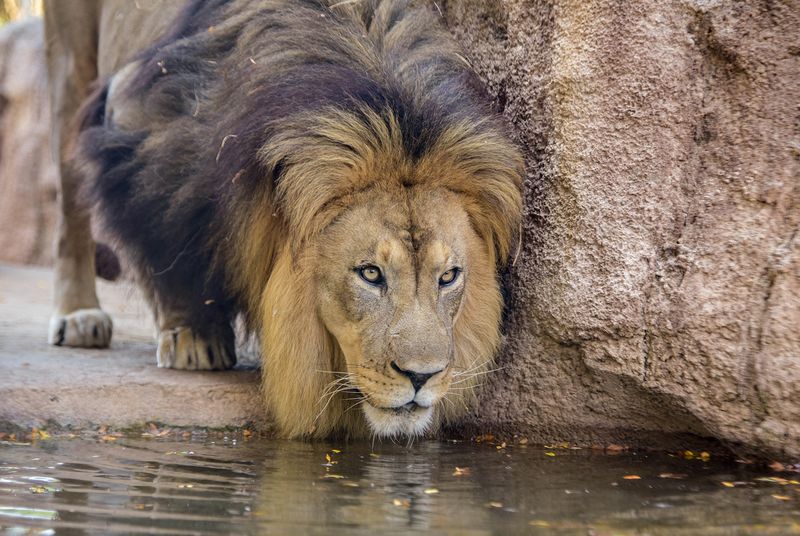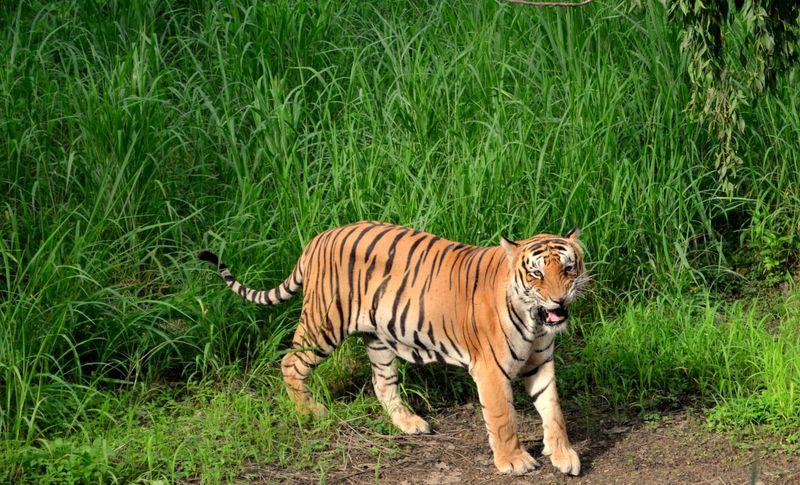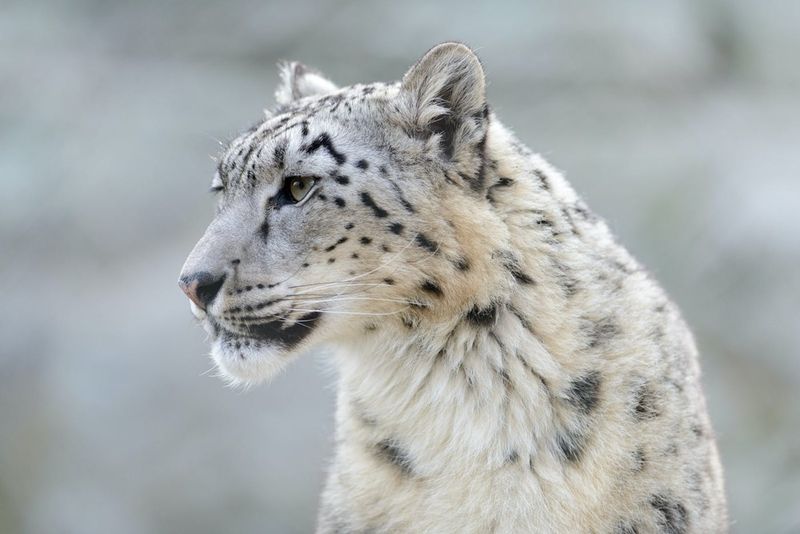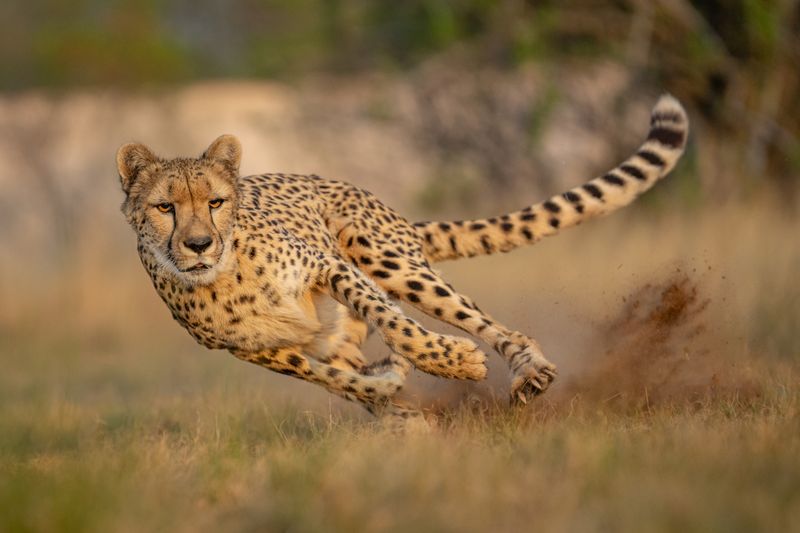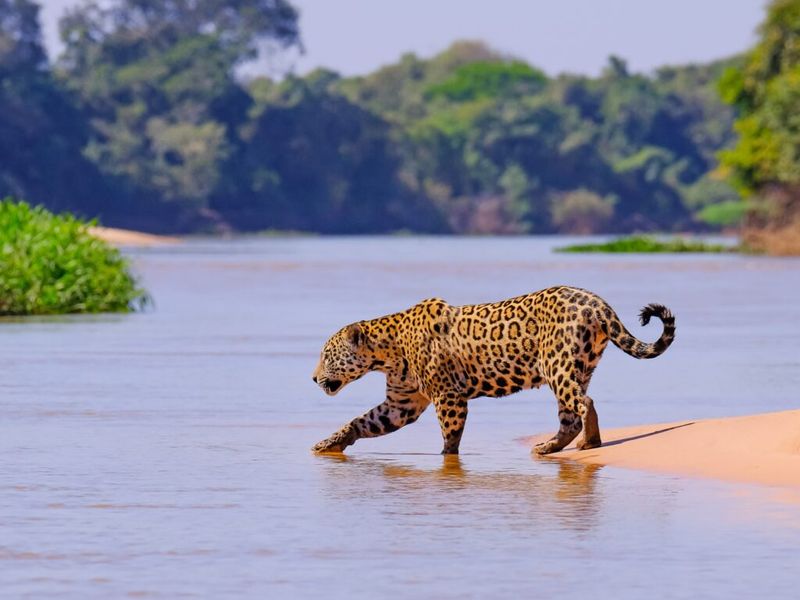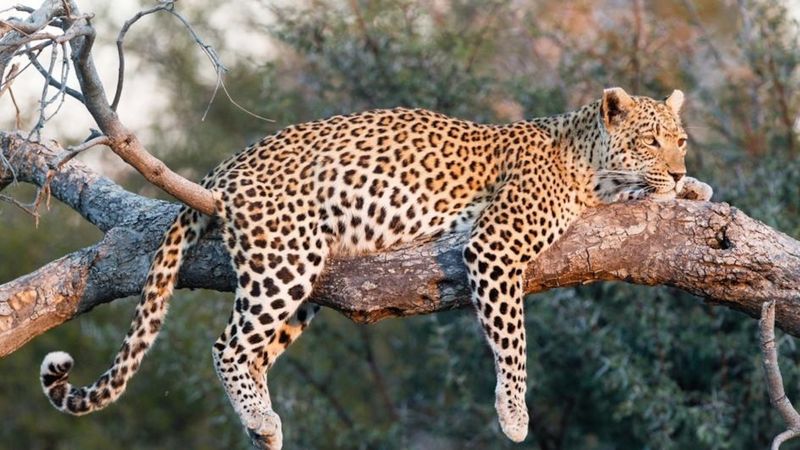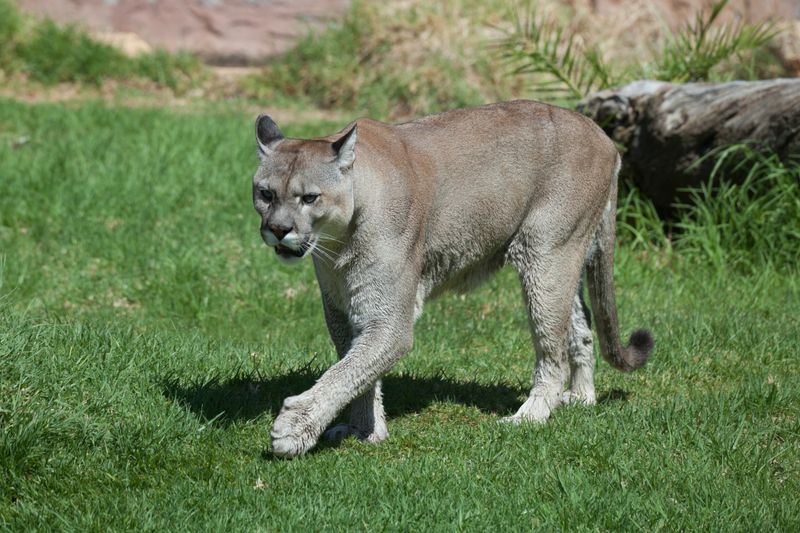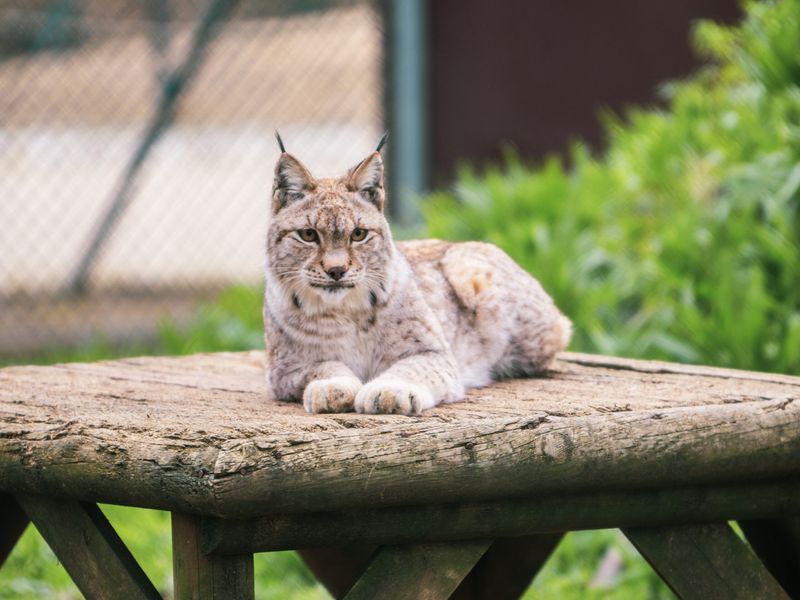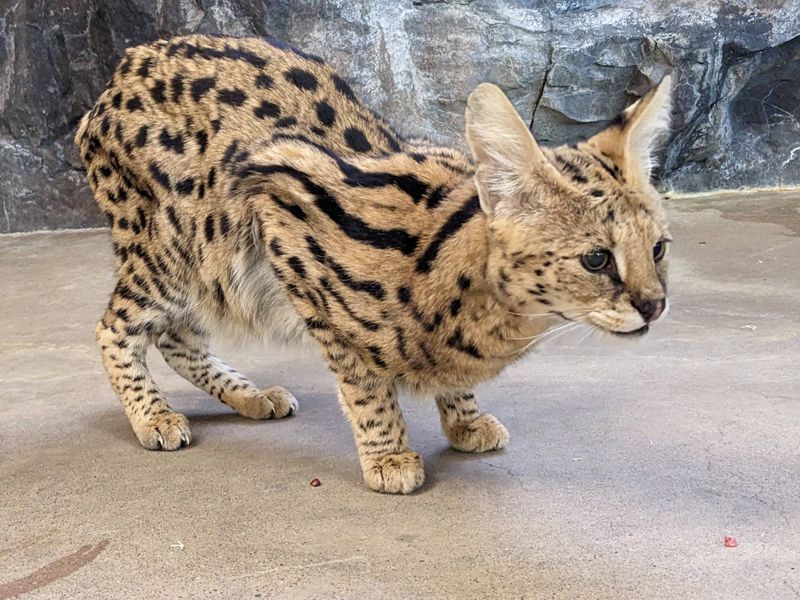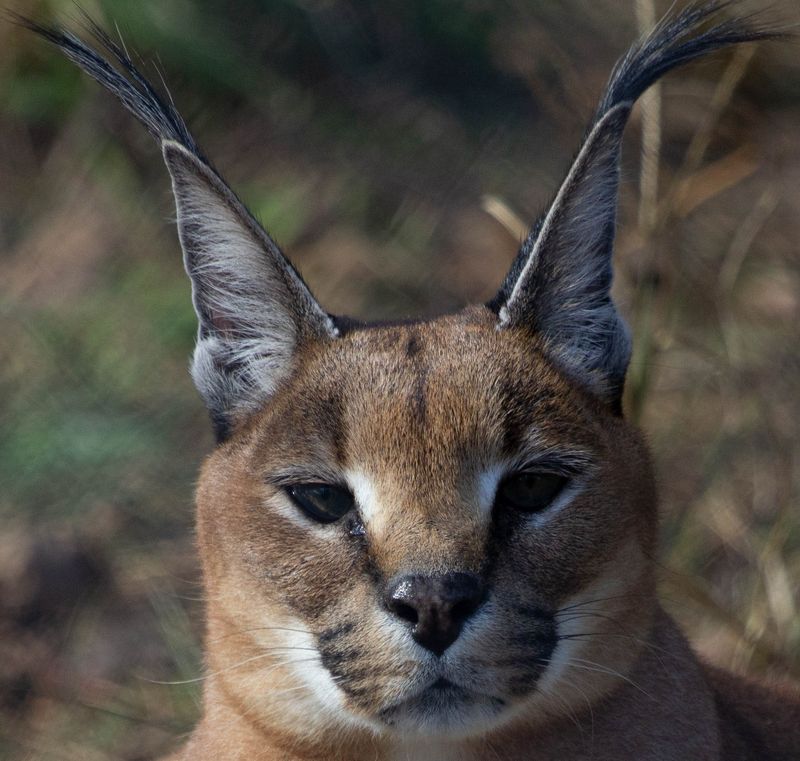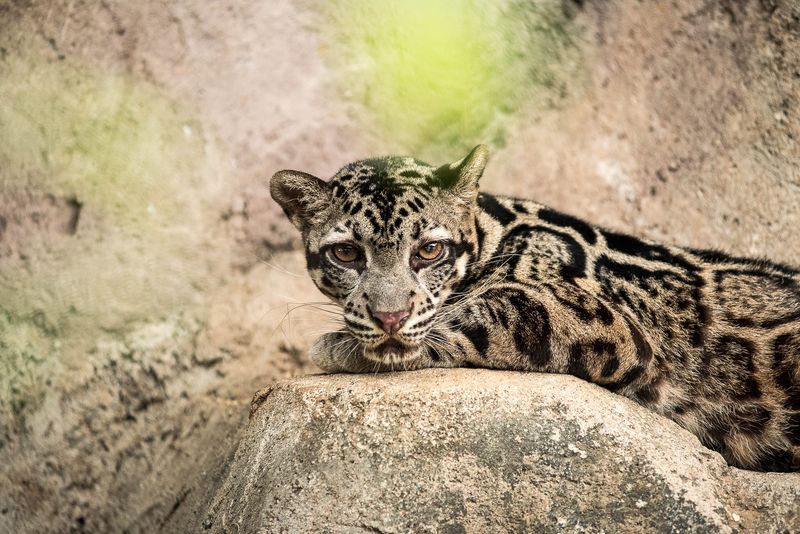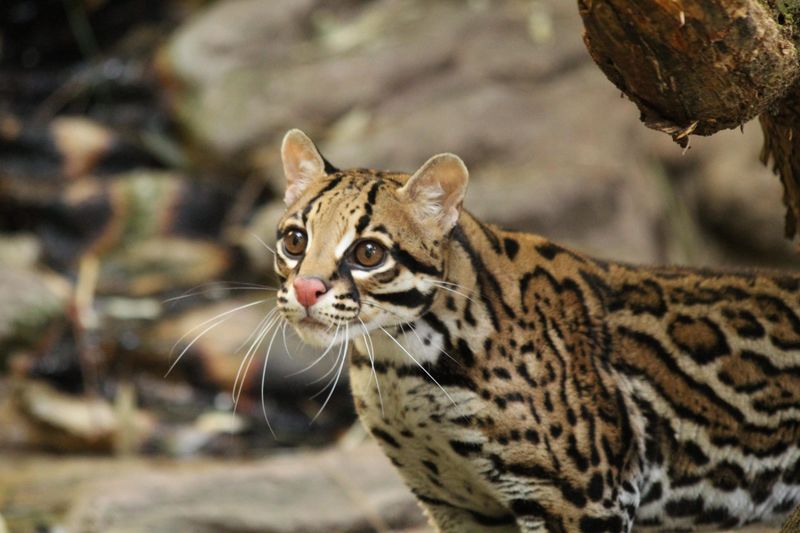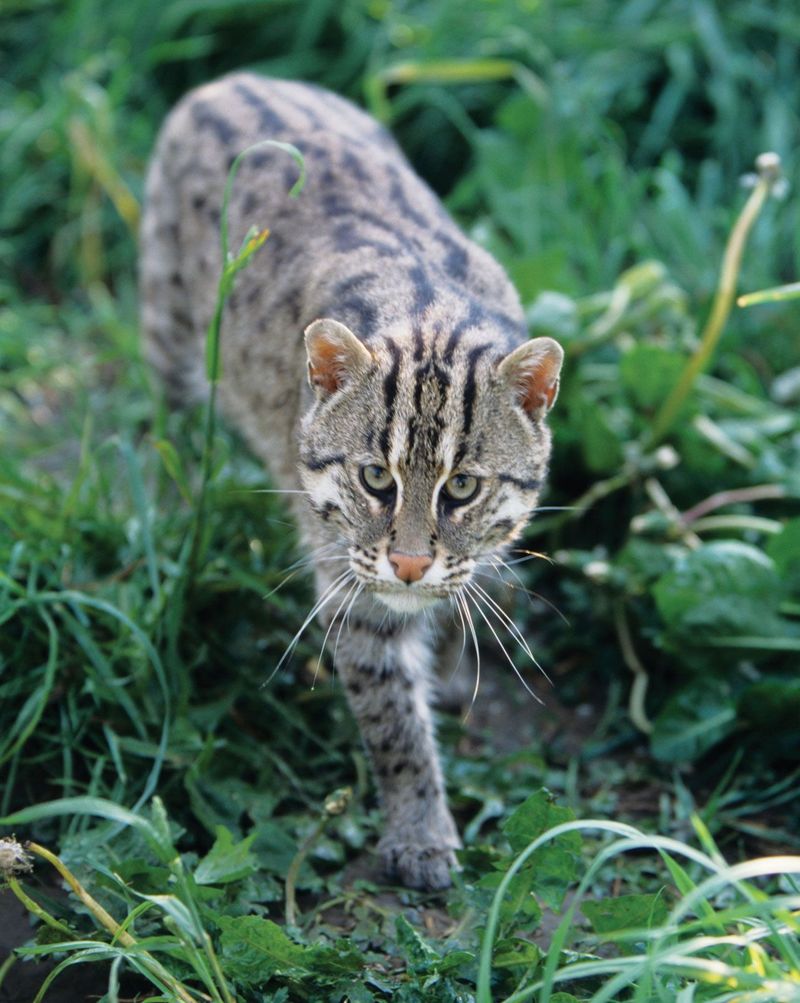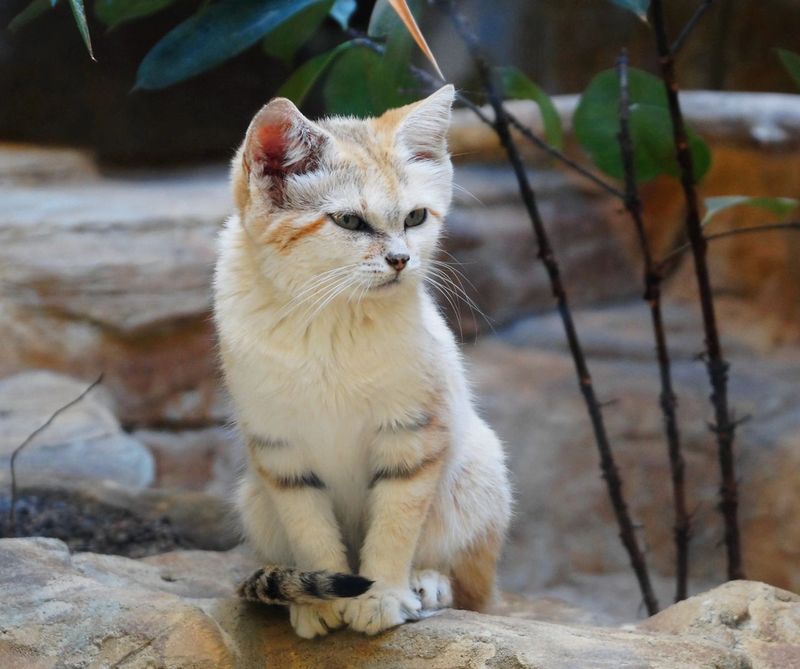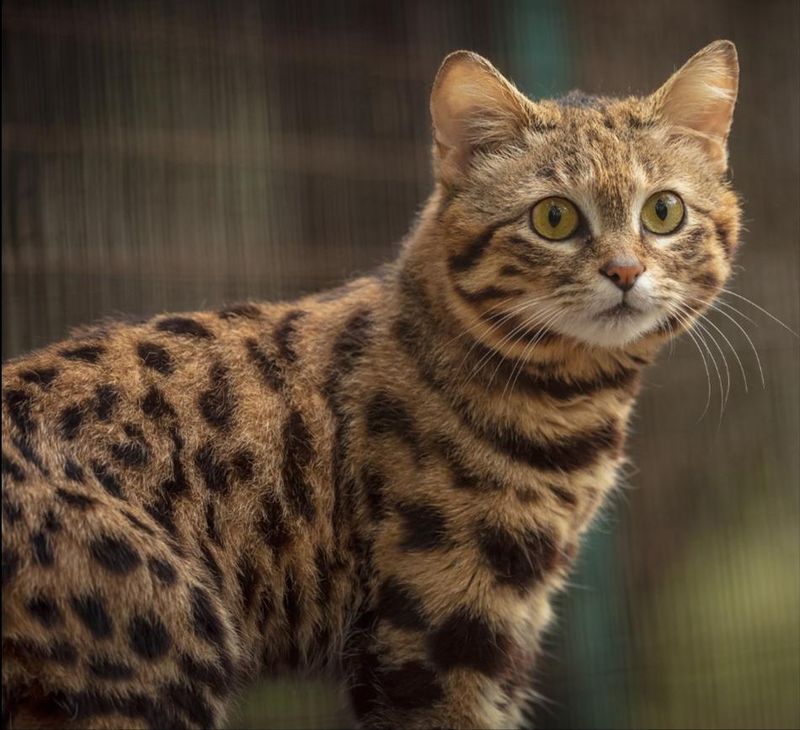📖 Table of Content:
The wild cat kingdom is a realm of remarkable diversity and power. These apex predators thrive in a wide range of ecosystems, from the tropical rainforests to the harsh deserts, where they exhibit unmatched skills in hunting. Each species has evolved unique abilities that help them dominate their environments, relying on stealth, speed, and agility to capture their prey.
From the majestic lion stalking the savannah to the elusive snow leopard navigating snow-covered mountains, wild cats are masters of survival. Their keen senses and finely honed instincts make them formidable hunters in every corner of the world. These cats’ hunting techniques vary, but they all share one thing in common: an unyielding drive to hunt and sustain themselves.
Exploring the lives of these wild hunters offers a glimpse into their astonishing adaptations and behaviors. Whether it’s the solitary jaguar prowling the jungle or the cheetah’s explosive sprint across the plains, these wild cats rule their respective domains with skill and precision. Their prowess in hunting is a testament to nature’s ability to craft perfection in motion.
1. African Lion
African lions are known for their majestic manes and powerful roars. These social cats live in prides, usually consisting of females, their young, and a dominant male. They are apex predators in the African savannah, often working in groups to hunt large prey like zebras and buffalo.
Male lions are recognized by their impressive manes, which can vary in color from blonde to black. Females do most of the hunting, using their stealth and teamwork to ambush prey. Despite their dominance, lions face threats from habitat loss and human-wildlife conflict. Conservation efforts are vital to ensure their survival.
2. Bengal Tiger
Known for their majestic presence, Bengal tigers are powerful yet graceful creatures. Primarily found in India’s forests and swamps, they are solitary predators that thrive in dense, natural habitats. Their exceptional senses and quiet approach make them highly skilled at ambushing unsuspecting prey.
Their distinctive orange coats with black stripes provide perfect camouflage in their natural habitats. These tigers are territorial, with males marking vast areas as their own. Sadly, poaching and habitat destruction have drastically reduced their numbers. Conservation programs are crucial to saving this magnificent species from extinction, ensuring they continue to reign in the wild.
3. Snow Leopard
Adapted to the freezing mountain ranges of Central Asia, snow leopards have evolved to survive extreme cold with their thick coats and long tails. Known for their agility and stealth, they can leap great distances to capture prey. These incredible predators remain one of nature’s most elusive creatures.
These solitary creatures prefer steep, rugged terrains where they hunt wild sheep and goats. Snow leopards are rarely seen due to their shy nature and remote habitats. Unfortunately, they face threats from poaching and habitat fragmentation. Efforts to monitor and protect their populations are essential to ensure their continued existence in the wild.
4. Cheetah
Known as the fastest land animals, cheetahs can sprint up to 60 mph in a matter of seconds. Their slender build and long legs are perfectly designed for speed, while their black tear streaks help reduce glare from the sun. In the African grasslands, they use their agility and sharp vision to outpace their prey.
Unlike other big cats, cheetahs hunt during the day to avoid competition with nocturnal predators. Their bursts of speed are short-lived, requiring them to get close before the chase. Cheetahs face threats from habitat loss, human-wildlife conflict, and a lack of genetic diversity. Conservation initiatives aim to protect these unique predators and their habitats.
5. Jaguar
A dominant predator of the Americas, the jaguar thrives in the heart of the Amazon rainforest. With a robust frame and incredibly strong jaws, they can overpower large prey, including caimans and deer. Their stealthy approach makes them incredibly effective hunters in their dense, forested environment.
Their beautiful coats, marked with rosettes and spots, provide excellent camouflage in the dappled light of the forest. Jaguars are solitary animals, patrolling territories near water sources. Unfortunately, deforestation and human conflict pose significant threats to their survival. Dedicated conservation efforts focus on preserving their habitats and preventing illegal hunting to ensure these magnificent cats continue to thrive.
6. Leopard
Found across Africa and Asia, leopards are versatile hunters who thrive in a range of environments, including savannahs, forests, and mountain regions. Their exceptional climbing abilities allow them to rest and stash their kills high in trees.
These solitary cats use stealth and strength to ambush prey, relying on their spotted coats to blend into the environment. Leopards are opportunistic feeders and can hunt a variety of animals. However, they face significant threats from habitat destruction and poaching. Efforts to protect their natural habitats and reduce human conflict are crucial for their survival.
7. Puma
Also known as cougars or mountain lions, pumas are adaptable big cats found across the Americas, from Canada to Patagonia. Their muscular bodies and powerful limbs make them excellent climbers and jumpers.
Solitary and elusive, pumas are highly adaptable, living in diverse environments such as forests, deserts, and mountains. They primarily hunt deer and other mammals, using stealth and surprise to catch their prey. Human expansion and habitat loss pose significant challenges to their populations. Conservation efforts focus on habitat protection and education to mitigate human-wildlife conflicts.
8. Eurasian Lynx
Eurasian lynxes are medium-sized wild cats native to the forests of Europe and Asia. Recognizable by their tufted ears and short tails, they are solitary hunters with keen senses.
These lynxes prefer dense, forested areas where they can stealthily stalk their prey, primarily deer and small mammals. Their thick fur provides insulation against harsh winter climates. Though not as endangered as some other wild cats, they face threats from habitat destruction and poaching. Conservation efforts focus on monitoring populations and protecting their natural habitats to ensure their survival.
9. Serval
With their long legs and large ears, servals are a striking presence in the African savannah. Their distinctive spotted coat helps them blend into the tall grasses, making them stealthy hunters. Using exceptional hearing and agility, they hunt primarily at night, leaping high to capture rodents and birds on the fly.
Though relatively widespread, servals face threats from habitat encroachment and hunting. Conservation efforts aim to maintain their populations by safeguarding their habitats and reducing human-wildlife conflicts.
10. Caracal
Known for their striking ear tufts and graceful physique, caracals are formidable hunters in the African and Asian landscapes. Their powerful legs allow them to leap great distances, capturing birds mid-flight. Solitary and nocturnal, caracals prefer hunting in the quiet of the night, often taking on prey far larger than their size suggests.
Though adaptable, they face threats from habitat loss and persecution. Efforts to protect their environments and promote coexistence with humans are vital for their continued survival.
11. Clouded Leopard
With their distinctive cloud-patterned coats, clouded leopards are enigmatic felines found in the rainforests of Southeast Asia. These skilled climbers use the treetops to hunt, employing their powerful jaws and long teeth to bring down prey much larger than themselves. Yet, deforestation and poaching are significant threats to their survival, making conservation efforts crucial to their future.
Preserving their forest habitats and preventing illegal hunting are essential to ensuring these stunning cats continue to thrive in the wild.
12. Ocelot
Ocelots are small wild cats with strikingly beautiful coats marked with spots and rosettes. Found in the forests of South America, they are primarily nocturnal hunters. Their agility and keen senses make them effective at catching small mammals and birds. Ocelots are solitary and territorial, often marking their areas with scent.
Though not endangered, they face threats from habitat destruction and illegal pet trade. Conservation efforts focus on habitat preservation and raising awareness to prevent illegal hunting.
13. Fishing Cat
Known for their love of water, fishing cats are unique among wild cats, excelling in catching fish and other aquatic prey. They are found in Southeast Asia’s wetlands, where their webbed feet and muscular build enable them to swim with ease. These nocturnal hunters use their keen eyesight and diving ability to skillfully capture their prey.
Habitat destruction and pollution pose significant threats to their populations. Conservation initiatives aim to protect wetland areas and promote understanding of these remarkable cats.
14. Sand Cat
Adapted to the harsh desert environment, sand cats are small, elusive felines with sandy-colored coats and large ears. These remarkable cats thrive in arid conditions, using their enhanced hearing to track prey like rodents and insects. Their ability to survive without free water, obtaining moisture from their prey, is one of their most fascinating traits.
While not currently endangered, they face threats from habitat encroachment and climate change. Conservation efforts focus on habitat preservation and understanding their ecological role.
15. Black-footed Cat
Black-footed cats are the smallest of the African wild cats, known for their fierce hunting skills. Found in the arid scrublands of Southern Africa, they are nocturnal and solitary hunters. Despite their small size, they are incredibly efficient, often catching more prey in a single night than larger predators. Their spotted coats provide excellent camouflage in the moonlit landscape.
Threats include habitat loss and human disturbance. Conservation strategies focus on habitat protection and educating local communities about these remarkable small cats.
